The world of furniture packaging has changed as more companies move away from full trucking (FTL) operations. More common shipping methods have shifted to less-than-truckload (LTL) assembled furniture or small packages ready to assemble furniture. This change in the supply chain directly affects the packaging requirements to survive shipping without damaging the product. Here are some main faq guides for furniture packaging:
1. What is furniture packaging?
Furniture packaging design according to the aim and content requirements, can be defined as the use of appropriate packaging materials and packaging technology. Based on the principle of aesthetics, and put the creative idea to process more beautiful and on demand furniture product containers.
Furniture packaging design and product design are a kind of dialectical relations. For furniture products, in the process of production, storage, transportation, and sales to provide appropriate protection and reflect the design personality, and production enterprise culture. Furniture packaging design is involved in the whole process of design, such as the model of products, specifications, materials, numbers, structure, process, etc.
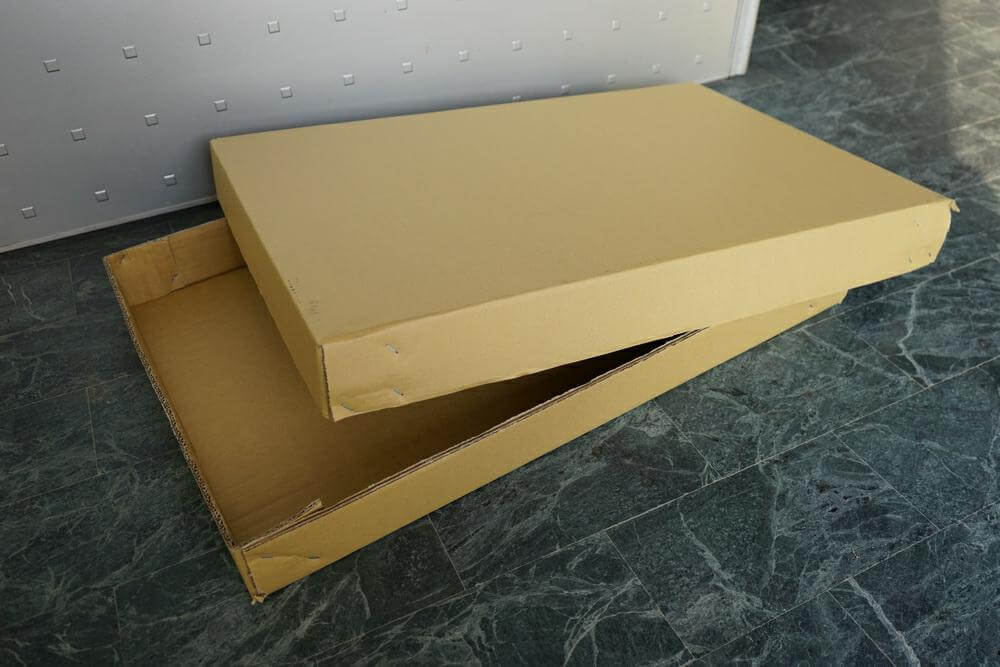
2. What are the functions of furniture packaging?
There are several aspects to furniture packaging:
- Provide appropriate protection for furniture products.
- Provide brand service for furniture product design, production, and sales.
- Provide suitable information society services for furniture enterprise resources to
allocate information like products, generalization, production, sales, and inventory. - Provide services for furniture products customers.
3. What are the contents of the furniture packaging?
Furniture packaging design includes the following contents:
- Choose the right parts assembly process, and draw the assembly diagram.
- Select the appropriate components collocation,
- Identify the fixed forms and the parts of the same packing.
- Choose the appropriate packaging materials, determine the materials specifications and make a material list.
- Disassembling schematic drawing products, and parts annotations.
- Product manuals.
- Draw the stacking diagram.
- The bar code information.
- Outside the box shape design, and sign design.
- In both Chinese and English translations.
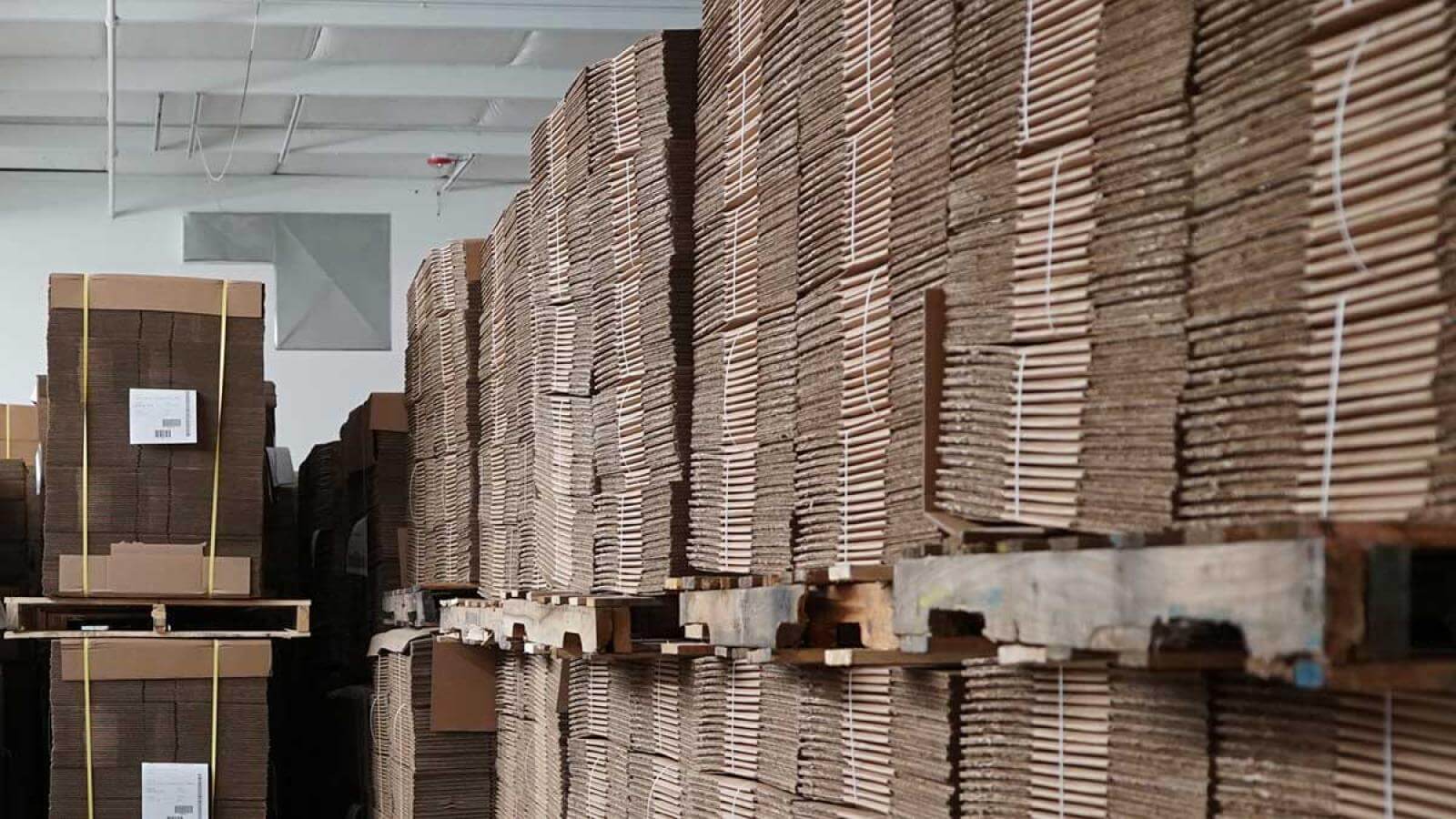
4. What are the General Packaging Requirements of furniture packaging?
We take steps to protect the product through improved packaging materials and designs, with the expectation that our vendors could comply with these standards.
- Vendors shall use sustainable, recyclable, or easily recyclable packaging materials which can meet or exceed all performance and quality standards.
- The total carton cube should not exceed 12% EPS / Styrofoam.
- The total amount of packaging material used should not exceed 35% of the total carton cube.
- Reused packaging materials are not acceptable.
- All products must pass the applicable transit tests.
- If necessary, banding may be used, but it is not preferred. Metal banding is not accepted.
- It is important that packaging materials protect the product and do not increase damage.
Unacceptable Packaging Materials
- Polyurethane Cushioning (Foam-in-Place)
- Staples (used as a carton closure method)
5. What are the Preferred Interior Packaging Materials?
Listed below are preferred interior packaging options that will maintain product integrity and meet Aopack’s sustainable packaging goals:
1) Honeycomb
An alternative to standard corrugated packaging, honeycomb is a paper-based protective material. A honeycomb is a great option for corner and edge protection.
2) Multi-wall Corrugated
Multi-wall corrugated is a protective packaging design composed of layers of corrugated board. Multi-wall corrugated can be produced in a variety of styles such as flat, angled channel, u-channel, and pyramid. If the product package weighs more than 60 pounds, this material should not be used as an interior cushioning material.
3) Mushroom-Based Packaging
Mushroom packaging uses the roots of fungi to act as a system of branched fibers. As a replacement for standard EPS packaging, this type of packaging is a developing trend. Packaging for mushrooms is both biodegradable and compostable.
4) Closed Cell Foam Cushioning
These types of foams include many used in packaging today including, but not limited to, Polyethylene (PE), Polypropylene (PP), and Polystyrene (EPS). Foams of this type are less sustainable, but they are sometimes recommended on highly fragile items. The use of these materials should not exceed 12% of the total carton cube.
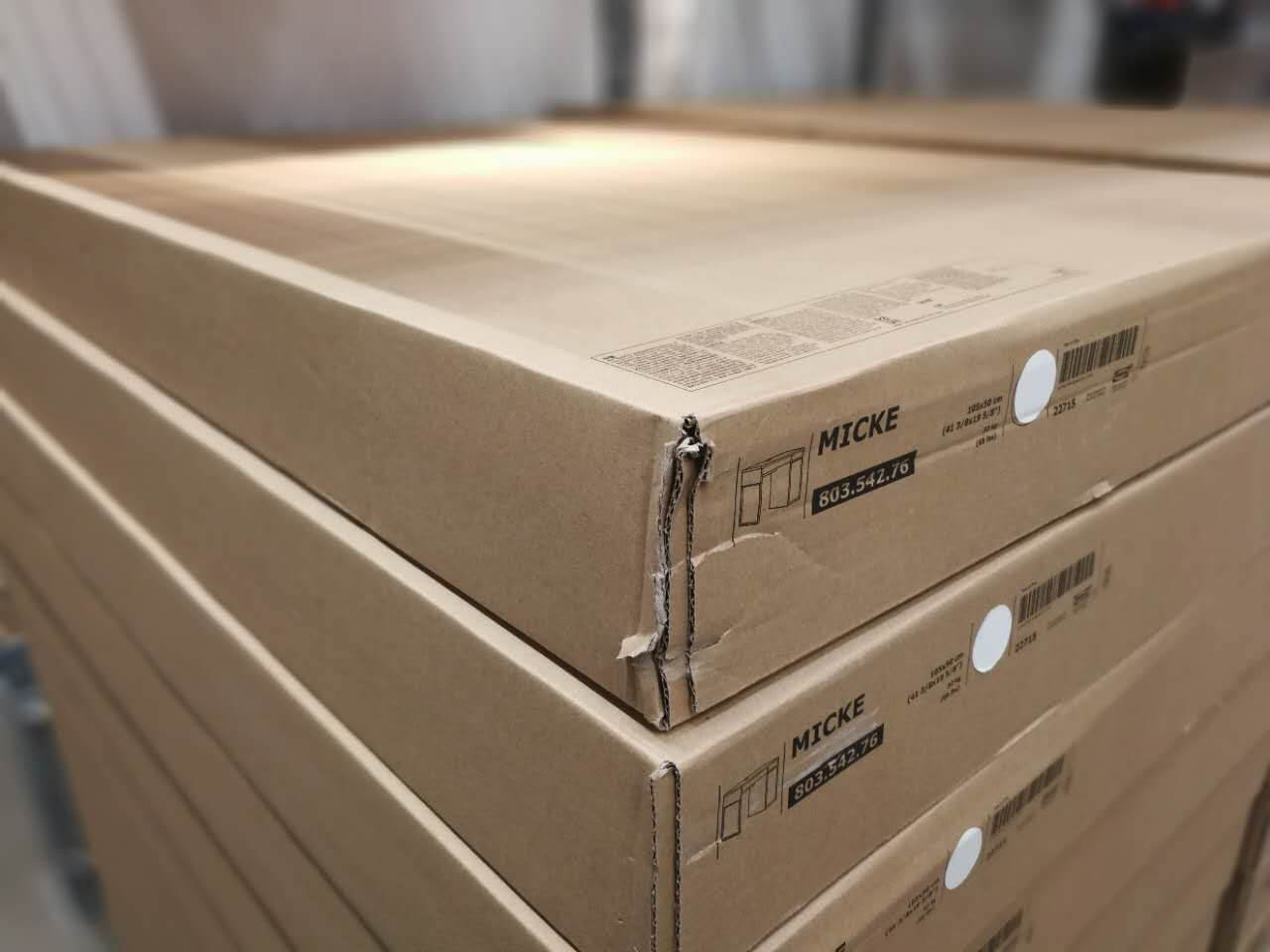
6. What are the main container specifications for furniture packaging?
Here are some main container specifications for furniture packaging:
1) Carton Guide
The carton sent to the company can have the main box and an inner box. Inner boxes can be thought of as cartons that immediately surround the product, as well as graphic display-type cartons for store shelves.
The master carton is the large carton that contains the inner box. This document outlines the requirements for inner and master boxes, including carton strength, void space limitations, and groove orientation. The inner box and main box will follow the guidelines below.
Each product is slightly different so the packaging may need to be adjusted. The material used in corrugated box construction should consist of cowhide material, as its production cost and environmental impact are lower than using bleached materials.
2) Main shipping carton
The primary shipping carton must provide sufficient strength to protect and contain the product, and should be appropriately sized to not allow movement due to excess headspace or voids between the product and packaging components. Excessive space can cause damage and increase material and shipping costs. To prevent this, minimize excess space and should not exceed 1/4″ of the package to facilitate packing and unpacking the product.
The table below will help outline the specifications required to design an adequate total carton. Note that the recyclable content of the carton should not exceed 30%. ECT or carton burst strength must be provided for all master cartons with a Box Manufacturer Certification (BMC) stamp.
3) Carton strength
The inner box should be made of 32-50 minutes cardboard or corrugated cardboard according to the product weight. The strength of the carton must meet the requirements of weight and stacking strength and can support the full weight of the wooden box pallet (if the carton is on the bottom layer). The following box strength requirements are based on packaging industry standards and our own experience. Companies will accept burst strength (lb/in2, #) or edge crush (lb/in) as a measure of acceptable carton strength.
4) Common carton styles
Regular Slotted Container (RSC), Full Overlap Container (FOL), Full Telescope Design (FTD), and Double Lid (DC) carton types are preferred as they generally provide the most effective protection for our products. These, like many other styles, are widely available from packaging suppliers. The lowest board for all master cartons is a double wall. Double wall panels consist of three layers of lining and two layers of intermediate media.
5) Flute direction
The flute keeps the liner separate and provides rigidity against bending. When pressure is applied to one side of the plate, the space between the grooves acts as a buffer to protect the product in the container. The flute also provides some protection against sudden temperature changes, acting as an insulator. To prevent damage due to compression, containers in the shipping direction should have grooves in the vertical direction.
In shipping tests, flat-pack cartons and FTD-style cartons cannot fail due to differences in flute orientation. Since the correct orientation of the flute can easily be overlooked, here is a description of the correct orientation.
Preferred flute sizes: B flute and C flute
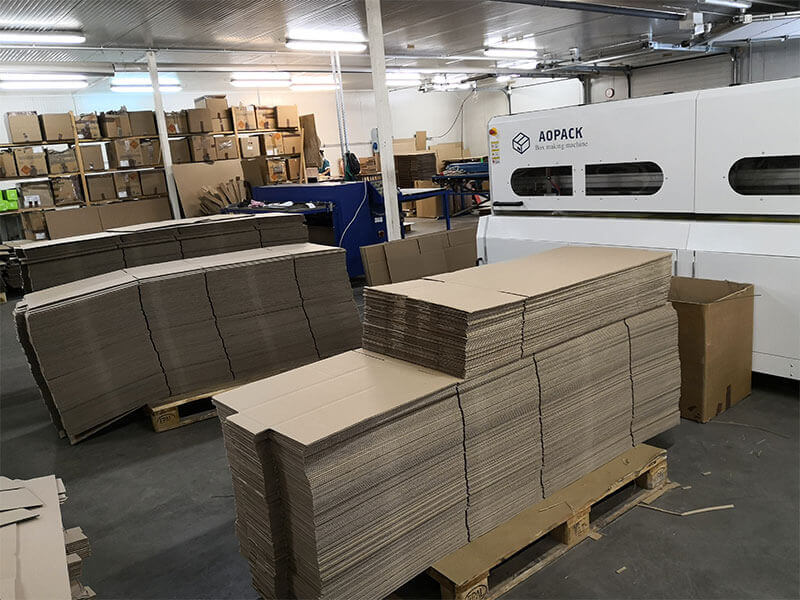
7. How about the Acceptable Closure Methods of furniture package?
The carton closure used should be adequate to secure the contents and prevent them from damaging during shipment. Please follow the guidelines below to select the closure method for your package.
- Tape: Pressure-sensitive adhesive tape is preferred, but we will also accept the use of paper-reinforced tape. Please utilize the taping methods below.
- H Method: Use this method on RSC containers. All furniture and products weighing more than 30 pounds must be taped using the “H” method.
- DSC Method: Use this method on DSC containers. Tape should first be sealed along the openings at the top and bottom (around the box top and bottom). Additional tape should be applied vertically for reinforcement.
- FTD Method: Use this method on FTD-style containers. The tape should be sealed horizontally along with the opening. Additional tape should be applied vertically over the horizontal tape for reinforcement.
- FOL Method: Use this method on FOLstyle containers. Tape should be applied horizontally along with the flaps and reinforced with vertically-applied tape if necessary.
8. What about the Exterior or Interior packaging?
Here are the details about the exterior and interior packaging for furniture:
Exterior Packaging
- Carton Style: Double wall corrugated tray and/or corrugated RSC, DSC style container
- For items that are less than 30 lbs (13kg) the corrugated tray and/or shipping container needs to be a minimum of 200 lbs/in2 (32 ECT).
- For items that exceed 30 lbs (13kg) the corrugated tray and/or shipping container needs to be a minimum of 275 lbs/in2 (44 ECT).
- Protective film: The product needs to be fully covered to protect the product from physical damage. We suggest using multi-layered (loose layers) film to provide proper film properties. (i.e. HDPE, PP, LDPE or LLDPE)
- Outer Film: The product should be fully encapsulated in Polyethylene film (≥3.5 mils) and the film should be properly shrunk (via shrink tunnel or other heat shrinking equipment) to tightly hold the inner bag and corrugated tray to the product.
Interior Packaging
A product with attached legs must be suspended from the master carton/tray by a minimum of 2″. Legs should also be cushioned by foam caps. cushion the product from impacts during handling.
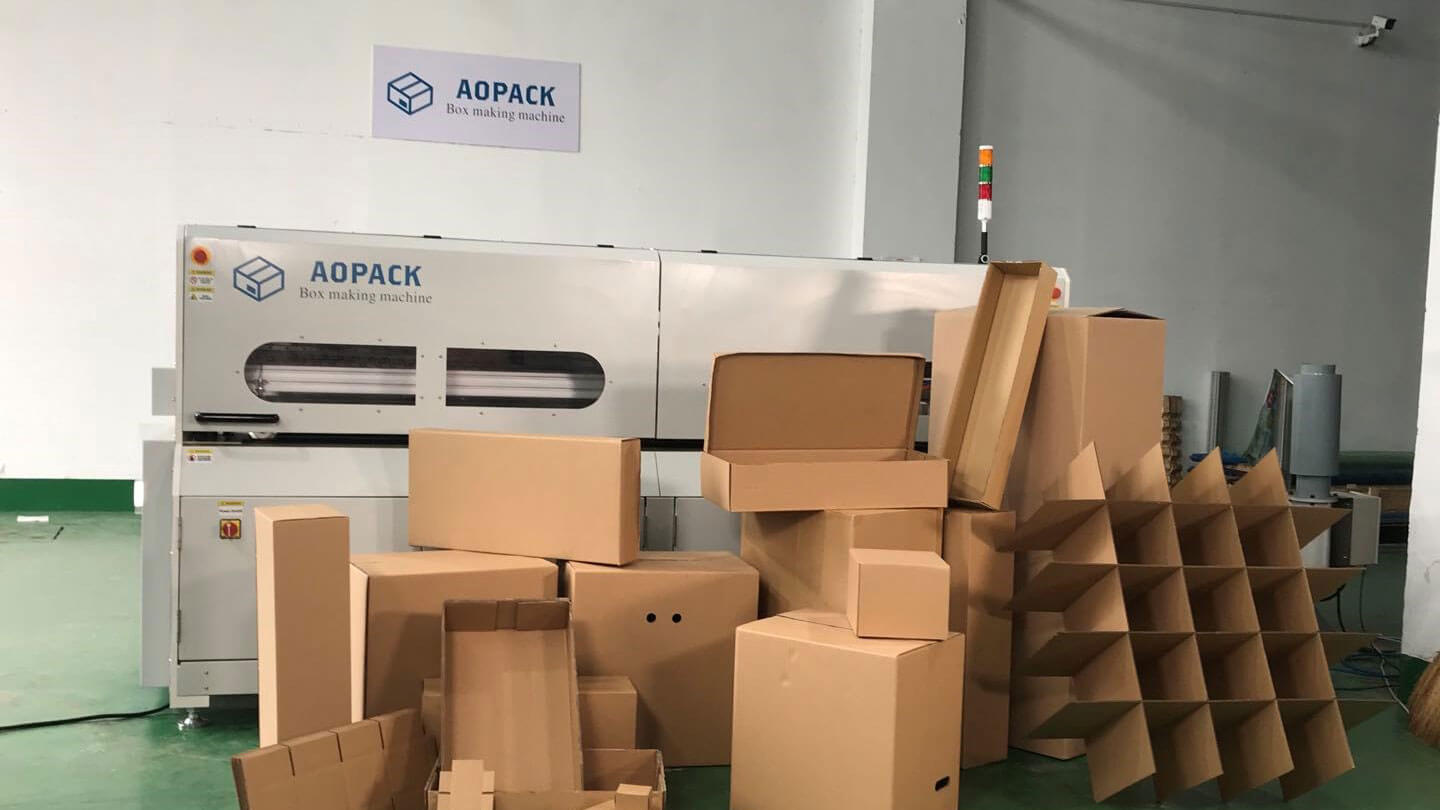
9. How to protect furniture through furniture packaging?
Here we summarize some packaging solutions to protect furniture:
1) Heavy-duty corrugated box
Large furniture should be protected, and during shipping, a heavy-duty corrugated box is one of the best things to nail into your packaging strategy. These cases are durable enough to hold larger items like furniture. Start your furniture packaging strategy with a durable corrugated box and go from there. Make sure you choose the right size or customize your box to fit your furniture.
2) Water-Activated Tape
For sealing the exterior of your heavy-duty case, the water-activated tape is the best option. This tape firmly bonds fibrous materials. There’s also a reinforced water-activated tape for a firmer hold. Furniture can be heavy, so you’ll need tape to keep the box tightly sealed during shipping.
3) Bubble wrap and foam
For smaller pieces of furniture, like brackets or doors, you can use foam or bubble wrap. For ease of transport, these smaller components must be removed and kept in some sort of protective packaging before being thrown into the box. Foam packaging can be used for fragile products that need to be stored, while foam board can be used for products that can be stacked in boxes. Styrofoam board can also be used to line the inside of the box to prevent furniture from piercing the cardboard and add another layer of protection.
4) Poly furniture cover
Furniture covers made of plastic prevent dust and moisture from damaging your product during shipping. Items that need to be stored for longer periods of time need extra protection, in addition to poly furniture covers. These covers also keep the furniture clean until it reaches the customer’s doorstep.
5) Stretch wrap
While stretch wrap might not be the first wrapping material you think of when dealing with furniture, it does have uses. When you need to transport something and put all the pieces together, like to keep the sofa and cushions intact, you can stretch and wrap the whole thing together. This way you don’t have to separate each cushion to protect the entire sofa, you can easily stretch and wrap them together to create a tight seal.
10. How many kinds of packaging are there for furniture?
Here are some main types of furniture packagings:
1) Cardboard box
Paper-based cardboard is lightweight and strong. Create custom shapes and structures, it can be easily cut and manipulated. These features make it suitable for personalized packaging. It is made by converting fibrous material from wood or recycled waste paper into pulp, which is then bleached. There are different grades of cardboard packaging, each suitable for different packaging requirements.
SBS (or solid bleached sulfate) paperboard can be used to package cosmetics, pharmaceuticals, milk and juices, cosmetics, frozen foods, and more. Choose Kraft, or CUK (Coated Unbleached Kraft) cardboard packaging for those who prefer a natural and eco-friendly look, which can be used for similar packaging applications. Kraft is generally considered less resistant to moisture, making it less suitable for food-related products, or frozen food packaging. With the right combination of design choices, cardboard packaging can look high-end without the need for high-end pricing.
2) Corrugated box
Corrugated boxes simply refer to what is commonly known as cardboard, which has been used in large shipping, shoe, and storage boxes. What many people don’t realize is that corrugated boxes also come in different types of boxes depending on durability and strength. Identifying corrugated materials is easy. It consists of three layers of paper, an outer liner, an inner liner, and a layer of corrugated media (also known as grooves). Strength and rigidity are provided by corrugated media.
The main raw material for the production of corrugated cardboard is recycled paper. The cardboard is made of large high-precision mechanical corrugated cardboard. It is possible to reuse and recycle these types of boards as a source of pulp fibers again and again. Corrugated cardboard is available in single-sided, double-sided (single-wall), double-walled, and triple-walled. They can be used to create packaging with different properties, performance, and strengths. Cardboard can be cut and folded into different sizes and shapes to create corrugated packaging. Other applications for corrugated cardboard packaging include retail packaging, pizza takeaway boxes, small consumer packaging, and more.
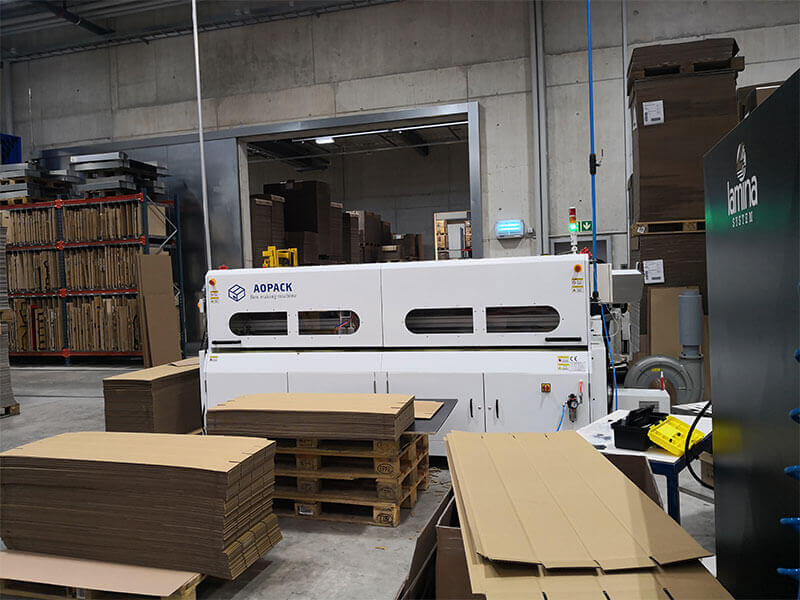
3) Plastic box
Plastics are used in everything from spaceships to paper clips. Plastics have replaced many traditional materials, such as wood, leather, glass, ceramics, etc.
Plastic box packaging has many advantages, for example, they can be recycled, and in general, they are much more durable than cardboard boxes. Airtight plastic packaging containers can help preserve the quality of food and avoid contamination issues. Plastic packaging is also not prone to breakage and can be stored with food in extreme conditions.
Another reason plastic is a popular packaging material is that it can display products from any angle without having to open the packaging. It is also flexible, and lightweight, and can be applied with films or coatings to enhance packaging appearance.
Contrary to popular belief, plastic is actually recyclable because producing new plastic requires less energy than producing glass and other materials. Best of all, it’s a great deal!
4) Strict box
I’m sure you’ve always wondered about the types of boxes used to package iPhones or luxury retail products like Rolex, Tiffany, and Marc Jacobs. You have a feeling it’s cardboard but still can’t be sure because of its durability and premium look. This cardboard material is called a cardboard box.
The rigid box is made from highly concentrated cardboard, which is 4 times thicker than the cardboard used in a standard folding carton. The simplest real-world example of a rigid case is the case for Apple’s iPhones and iPads, which are two-piece rigid cases.
Compared to cardboard and corrugated boxes, rigid cartons are definitely one of the most expensive carton styles. Such tough boxes usually do not require expensive or huge machines and are usually handcrafted. Their non-foldable nature also makes them bulkier during shipping, which can easily incur higher shipping costs.
These boxes are often used to sell cosmetics, jewelry, technology, and high-end luxury fashion. It easily incorporates features like platforms, windows, lids, hinges, compartments, domes, and embossing into one rigid box.
5) Cardboard packaging
Cardboard packaging is used in industries such as electronics, medical, food, cosmetics, and beverages. Particleboard is basically a type of cardboard that is made from recycled paper. Cut, fold, and shape it easily. This is a cost-effective packaging option for your product.
It comes in different densities, and the strength depends on how dense the material is. If you want the pictures to be printed directly onto the cardboard, you can treat the cardboard with bleached sulfate and use CCNB (clay-coated news back) to make the material more durable.
If your business deals with heavy items, you cannot use cardboard packaging as cardboard is a light material that can be used for many groceries such as cereal, cookies, tissue boxes, etc. Also, cardboard can easily weaken if stored in a humid environment, causing discoloration and swelling.
6) Plastic bag
Plastic bags, also known as pouches or plastic bags, are made from a soft, thin fabric of the plastic film. It is a common type of packaging that can carry a wide variety of products, including food, flowers, waste, chemicals, magazines, and more.
Plastic bags are durable, lightweight, reusable, and flexible. Due to the simple structure of plastic bags, they can be fully customized in design, style, and size, yet remain cost-effective. Plastic bags can also recycle plastic, depending on the construction of the bag. Most plastic bags have safety features, tape attachments, hanging holes, and carry handles to keep the product safe and visually appealing to customers.
7) Aluminum foil sealed bag
Foil airtight bags can be seen as typical of most coffee and tea packaging. Why? It maintains product density, preserves flavor, keeps bacteria out, and helps extend shelf life.
In addition to food, aluminum foil seal bags are also used in the packaging of bedding and clothing products. This process involves removing oxygen from the bag to keep the fabric tight and secure to prevent the growth of fungi and other bacteria. Nuts, cereal, smoked fish, cheese, and cured meats are also packaged in foil-sealed bags to prevent spoilage.

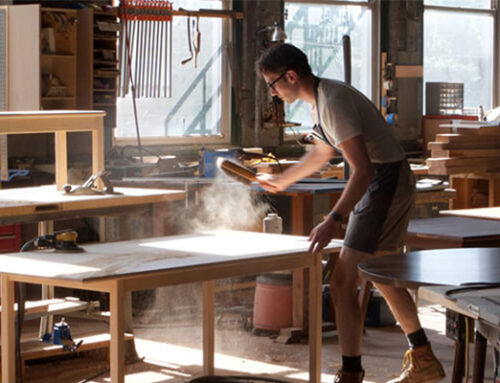
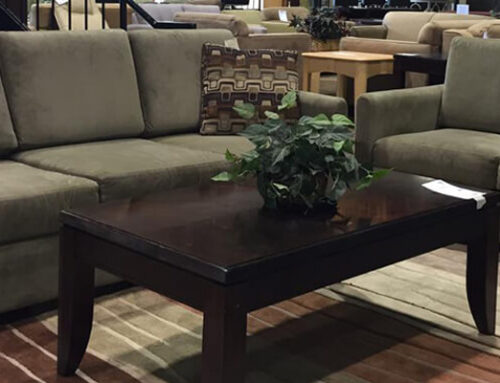
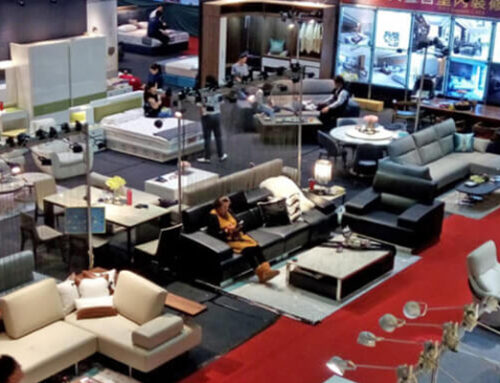
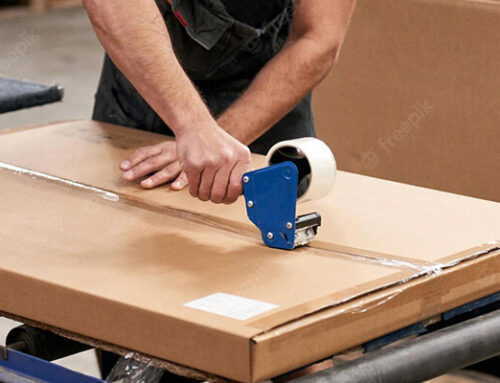
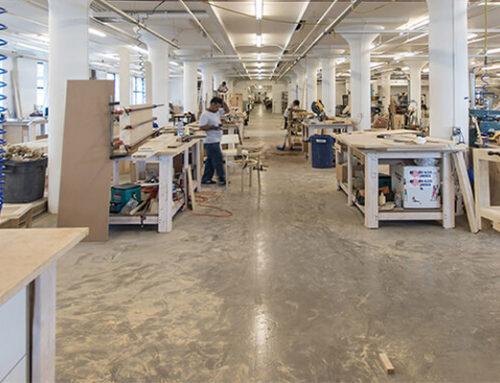
Leave A Comment